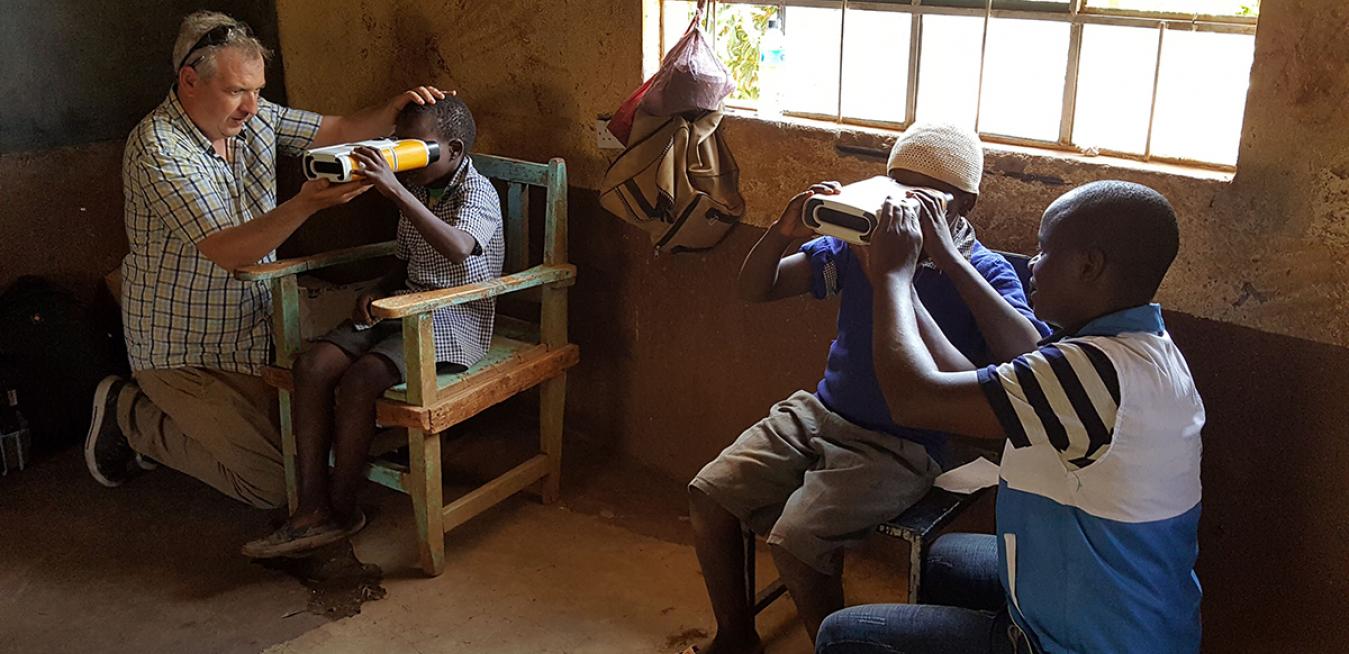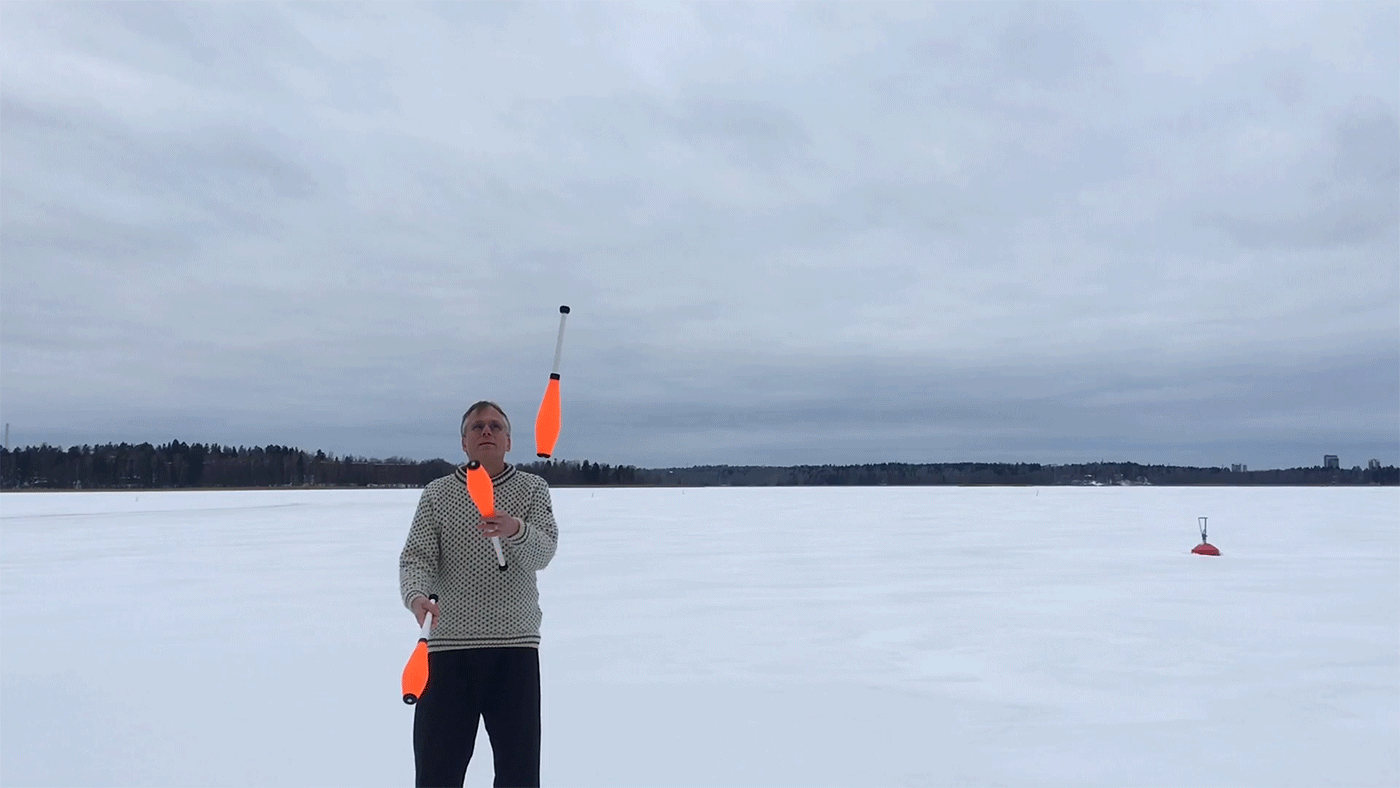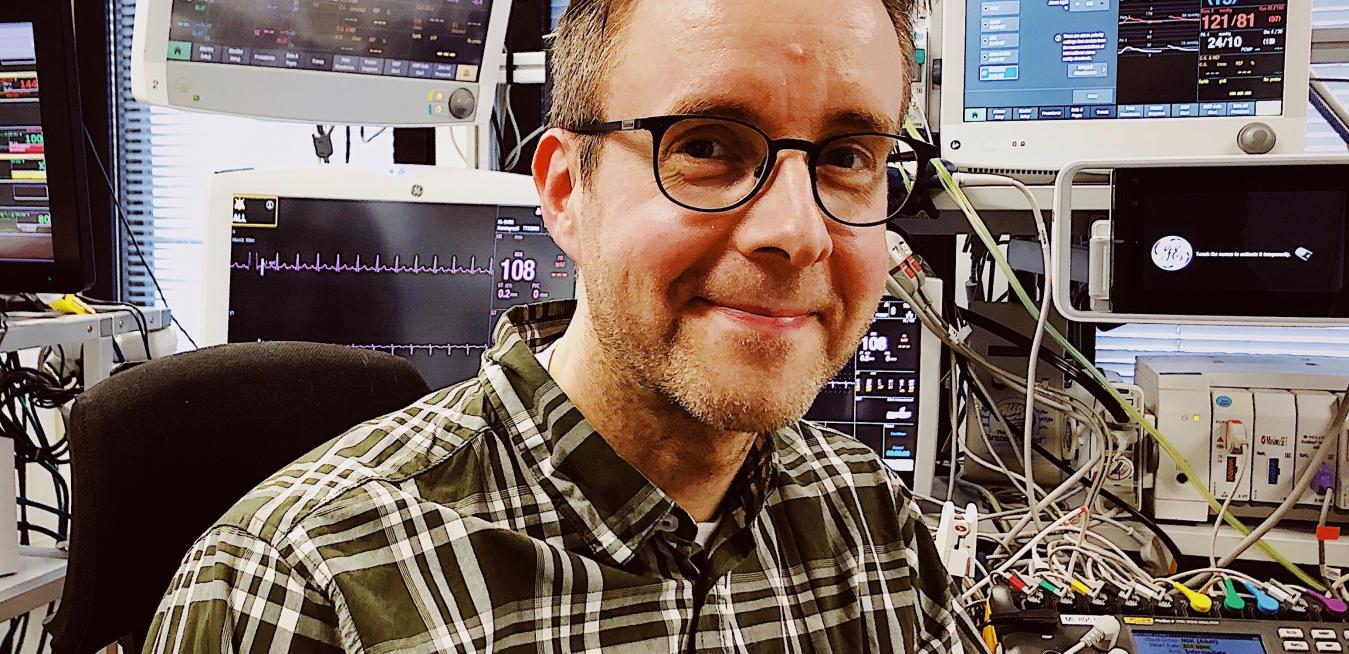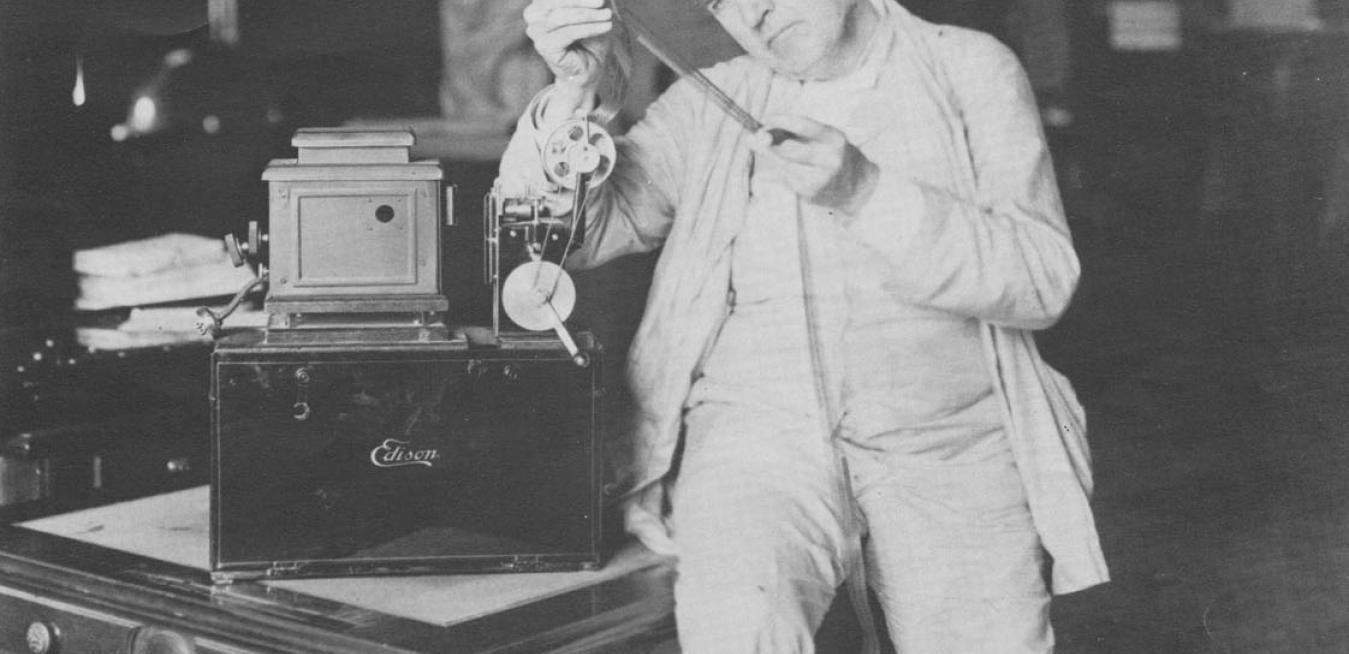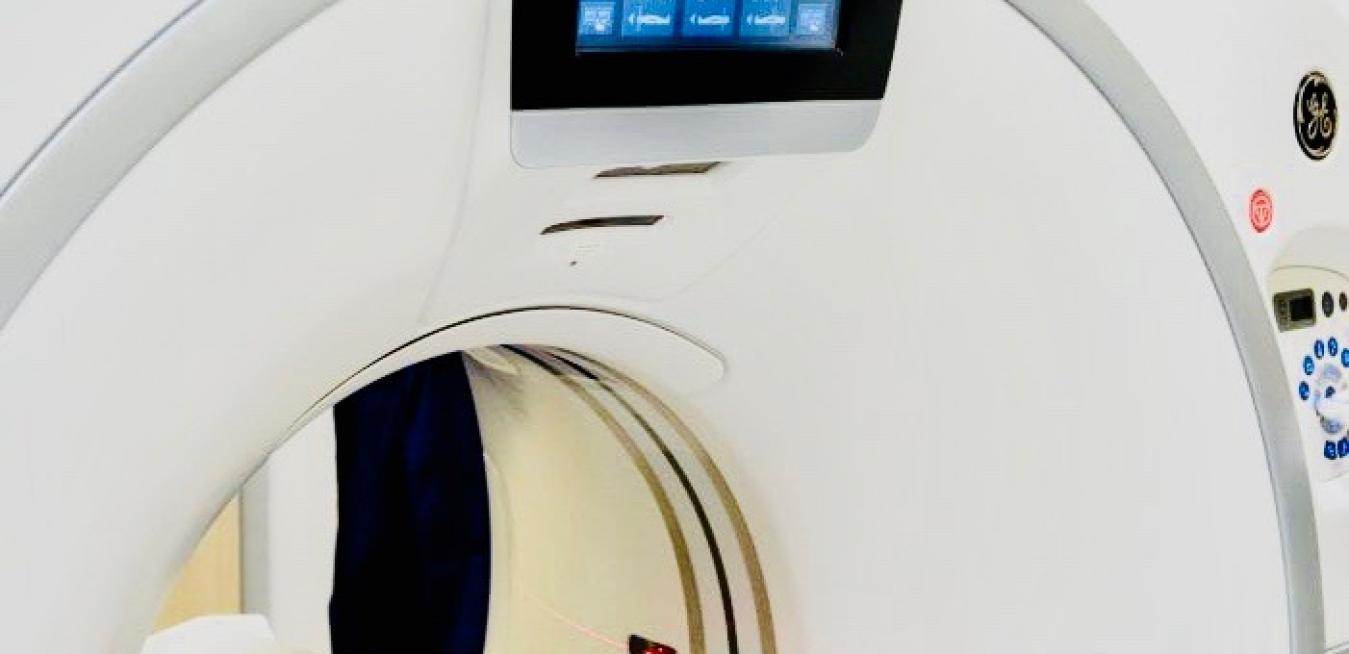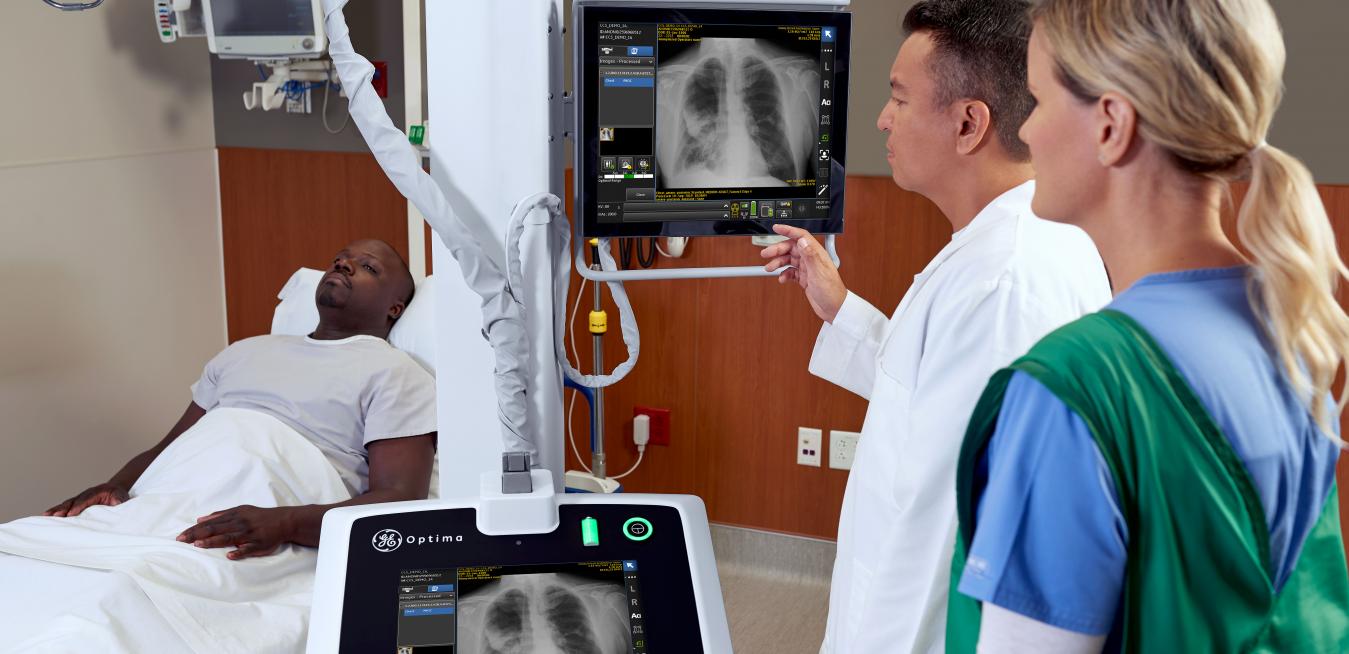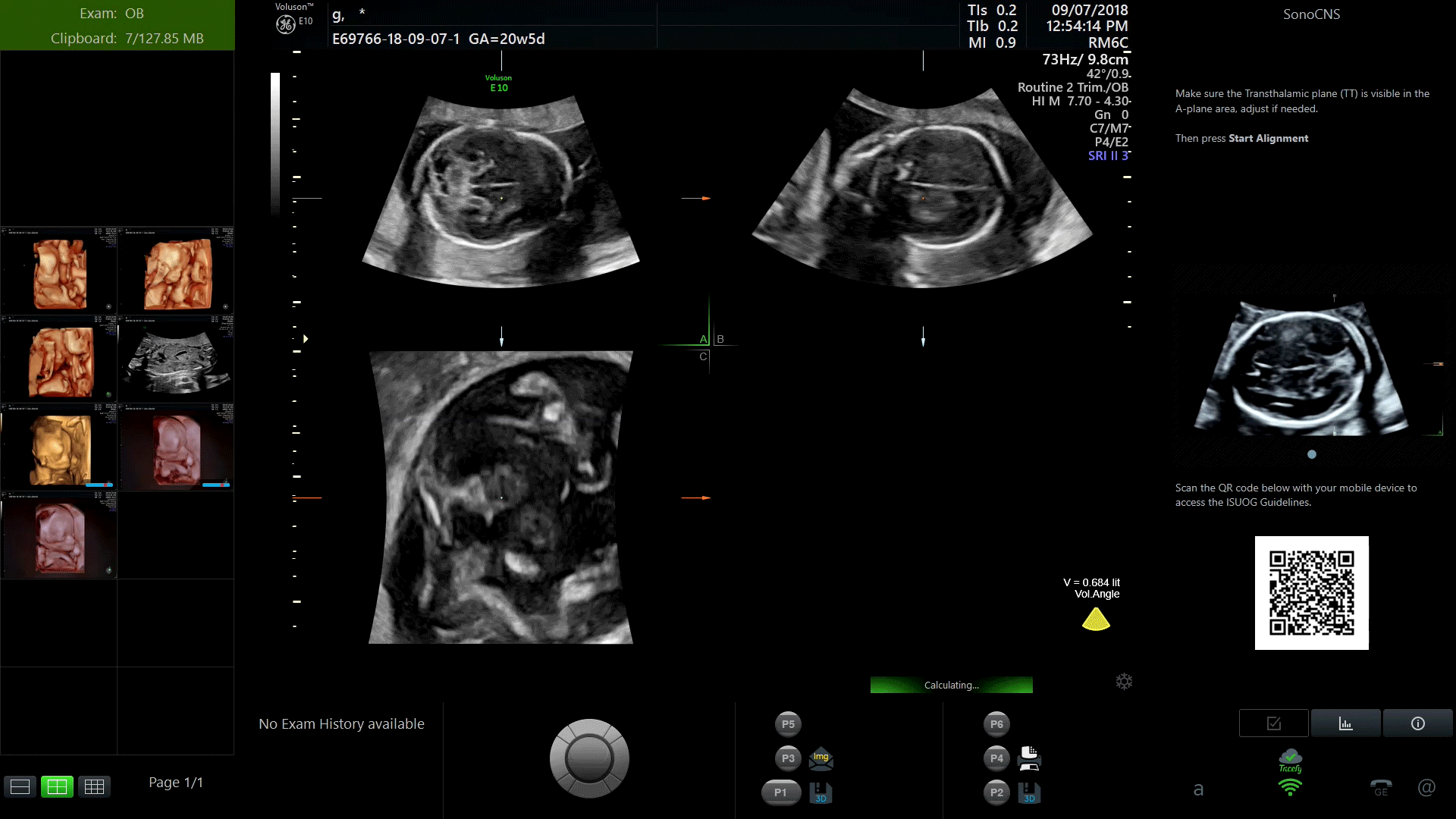МОСКВА, Россия, 24 декабря 2019 г. – GE Healthcare представила на российском рынке новую ангиографическую систему экспертного класса Optima IGS 330 (1). Благодаря универсальности функционала и компактности конструкции аппарат отвечает широкому кругу медицинских задач стационаров различного уровня: от катетеризационных лабораторий в составе больниц до первичных межмуниципальных сосудистых центров.
Rami Koivunen is quick with a laugh and likes to tell self-deprecating jokes. But if the devices he works on could talk, they might confess that this Finn is no fun when it comes to pushing their buttons.
Not much gets past Chad McClennan and his elite detective squad of owls (yes, you read that right). The “chief executive owl” of the healthcare startup Koios Medical, McClennan explains that several of his engineers were military sleuths before applying their talents to breast cancer detection. “They were working for a U.S. Army defense contractor, using facial recognition technology to catch bad guys in foreign lands,” he says. “They realized that the same techniques could be applied to radiology.”
“We need patients to be very still for imaging exams. It shouldn’t be a problem with this one,” radiologist Enzo Angeli joked last year as an unusual specimen was wheeled through the doors of his department. Angeli is head of diagnostics imaging at Humanitas Gavazzeni, a hospital in Bergamo, Italy, and his visitor exhibited a condition that, under normal circumstances, might raise a few red flags. Namely, the patient hadn’t moved in nearly 80 years.
A collapsed lung can feel a little like being trapped underwater. Pneumothorax (as doctors call it) is caused by tears in the lung that leak air into the space between the lung and the chest wall creating an air pocket that places immense external pressure on the lung. As the pocket gets bigger, the more air the patient takes in — making it harder and harder to breathe.
МОСКВА, Россия, 11 ноября 2019 г. – GE Healthcare представила свои передовые разработки в области цифровых технологий для медицины, а также поддержала научно-образовательную программу Конгресса Российского общества рентгенологов и радиологов (РОРР), прошедшего в Москве с 6 по 8 ноября. Конгресс является одним из ключевых мероприятий страны в области лучевой диагностики. Ежегодно он собирает на одной площадке как экспертов здравоохранения, так и молодых ученых для обмена опытом и знакомства с последними достижениями современной медицинской визуализации.
